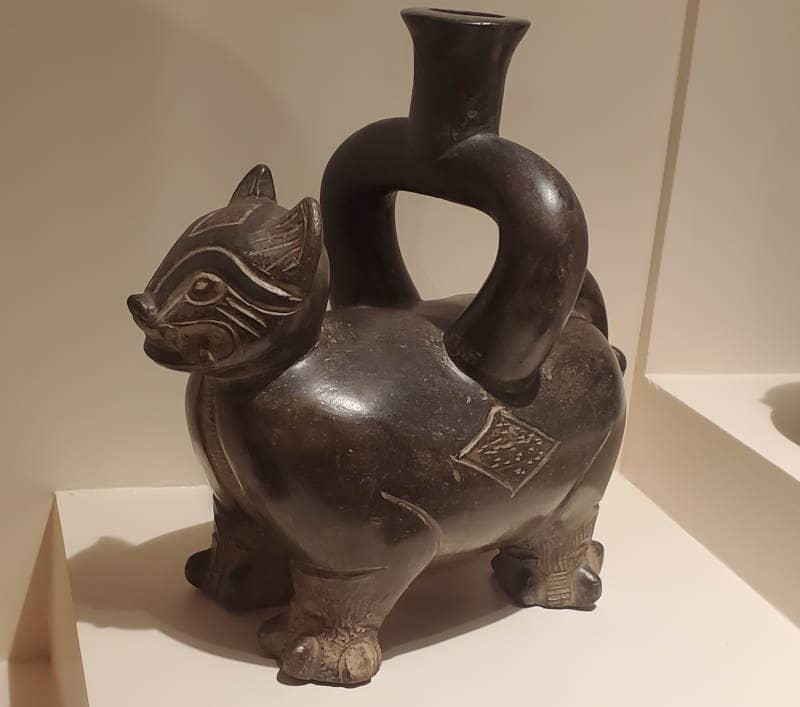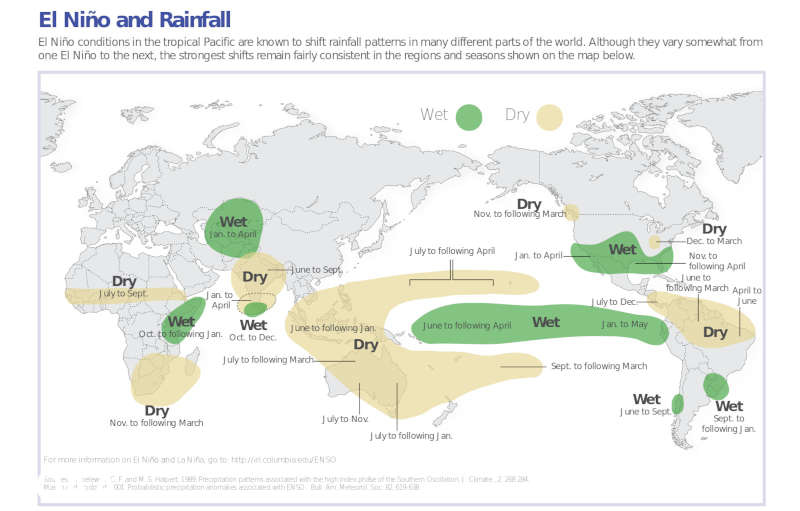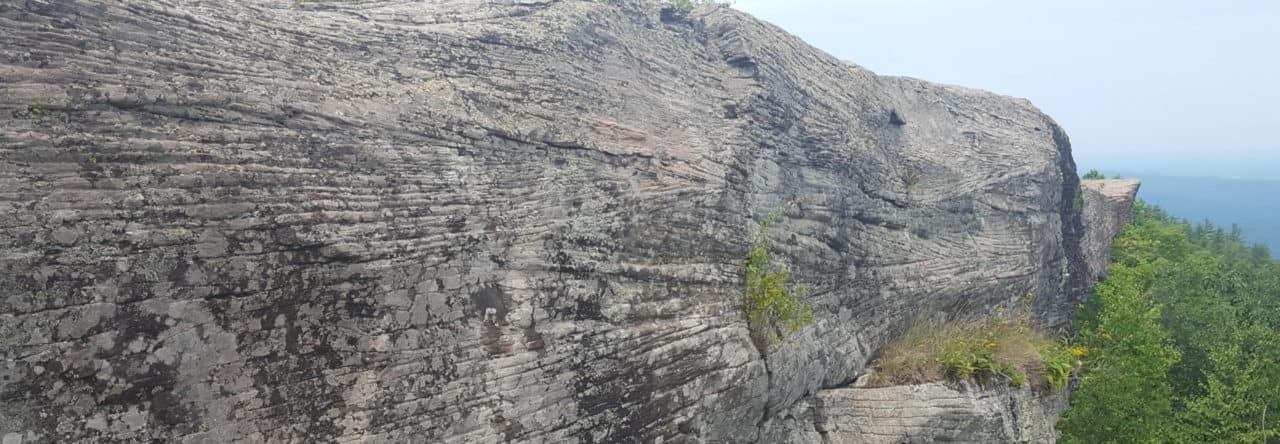Climate change is a major concern that will affect us all. Through workshops, presentations, and reading science articles I have learned quite a bit about the impacts that climate change may have on New York State and the NYC watershed in which I live. As I prepared for my field experience I wanted to learn how it will impact life in Peru. To begin our journey we will go back in time several millenia to look at the climate in Pre-Incan Peru. Much of this information came from exhibits held within Museo Larco. If you are ever in Peru I highly recommend visiting it.

Agriculture was a major component of the societies of ancient Peru as seen by the vast quantities of terraces. Their main concern was that the cycles of nature would go unchanged. They understood the importance of these cycles and even created observatories to mark significant events like seasons. There were three conditions that were of great importance:
- That the climate was favorable and water arrived at the right time and in sufficient quantity.
- That the land was fertile
- That people worked in an organized manner.
The end of the Moche culture may have been partially the result of a change in one of these cycles. El Niño is a natural climate pattern that is caused by a weakening of the trade winds over the Pacific Ocean affecting the weather globally. Around 600 CE a very strong El Niño occurred flooding irrigation systems and reducing the amount of fish off the coast. This led to the people losing faith in their leaders who are considered to be representatives to the gods.

Ironically, it is due to El Niño that researchers have so many artifacts to study. The number of Incan artifacts is relatively low because the Spanish destroyed most of them when they conquered the Incas. Older artifacts were buried and thus preserved. Approximately, every 18 to 25 years Peru’s northern coast sees torrential rains as a result of El Niño which causes flooding. The receding floodwaters leave a layer of mud that marked the period in which the rain occurred. Layers of wind-blown sand build up between the layers of flood-derived sediment. The study of this stratigraphy allows archaeologists to calculate the ages of the artifacts.

It is clear that climate played a major role in the lives of the ancient Peruvians but that doesn’t quite address my question. While hiking through the Colca Canyon (see earlier post) I learned first-hand how a changing climate has affected the life of these ancient peoples. In Pre-Incan times, the terraces were built higher up on the mountain because there were ten rainy months during the year so the river was higher. The Incans built terraces lower on the canyon walls because they saw six or seven rainy months. Now it rains only two or three months out of the year and the river is quite low. With receding glaciers, water access in this canyon will be impacted. These climate changes occurred at a much slower rate than we are seeing today which is alarming.

Moving to present day, I tried to ask a variety of stakeholders what impacts they were seeing related to climate change today. It was hard to get a clear answer at times because from what I was told, the terms weather and climate are often used interchangeably so much was lost in translation. As mentioned earlier, Lima receives only something like five centimeters of rain a year. This is not enough to provide for a city of over eleven million people. The city receives its water from three rivers that flow from the Andes to the Ocean. As the temperatures warm due to a changing climate, the glaciers are receding which is reducing the water in the rivers. Glaciers melt slowly over time providing water gradually to the rivers. Without glaciers there might be times with little to no runoff.

Heavy rain events are very rare in Lima but their frequency is increasing. They used to occur every 40 to 50 years but now that is down to 30 to 40 years. In certain parts of the city they used mud bricks to build their buildings which totally disintegrate in a wet climate. Heavy rains lead to erosion and can impact the turbidity of the water in the rivers. With no reservoirs this excess water is just lost to sea. Changing ocean temperatures may reduce the productivity of the ocean as well. Warmer temperatures lead to less plankton which leads to less marine life. Fishing, the life-blood of many Peruvians, is at risk.
I have a lot further to go in my understanding of how climate change will affect life in Peru but I have a foundation to build upon. I’m hoping that over time I can find a group of Peruvian students to partner my students with so we could learn from each other and work on developing local solutions that we could each implement within our respective communities. Maybe someday we will be like the ancient Peruvians and work towards protecting the natural cycles.



























